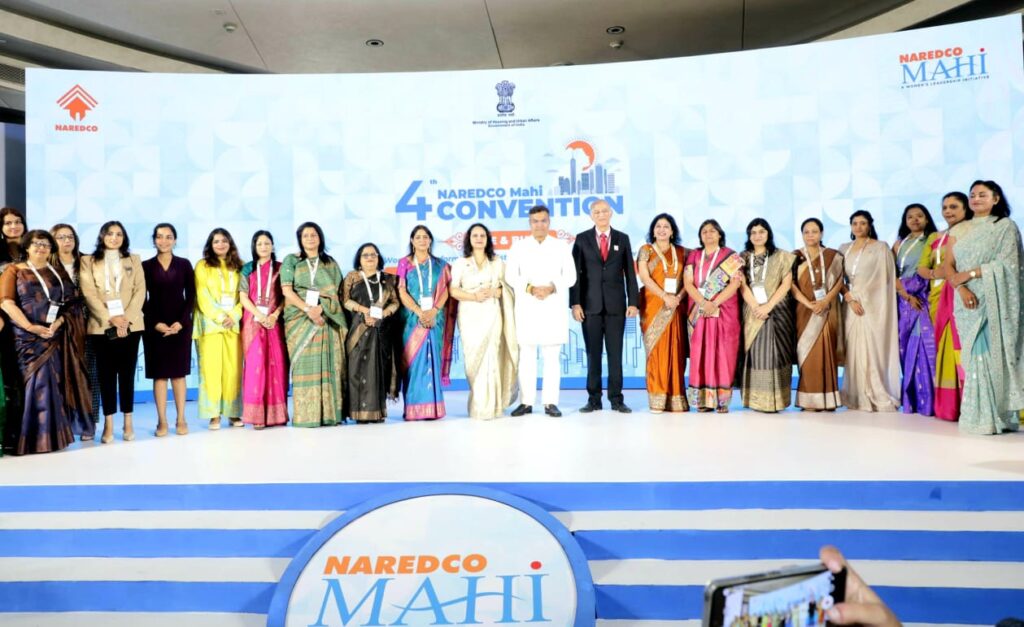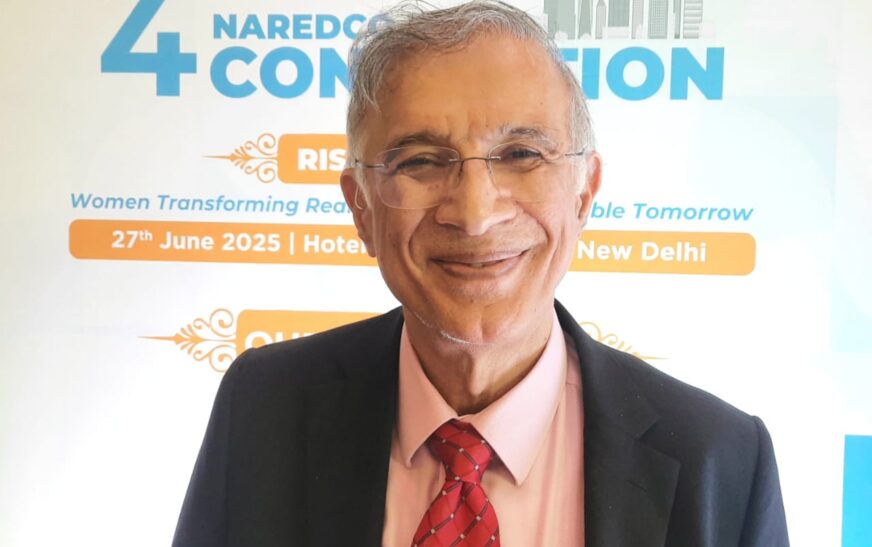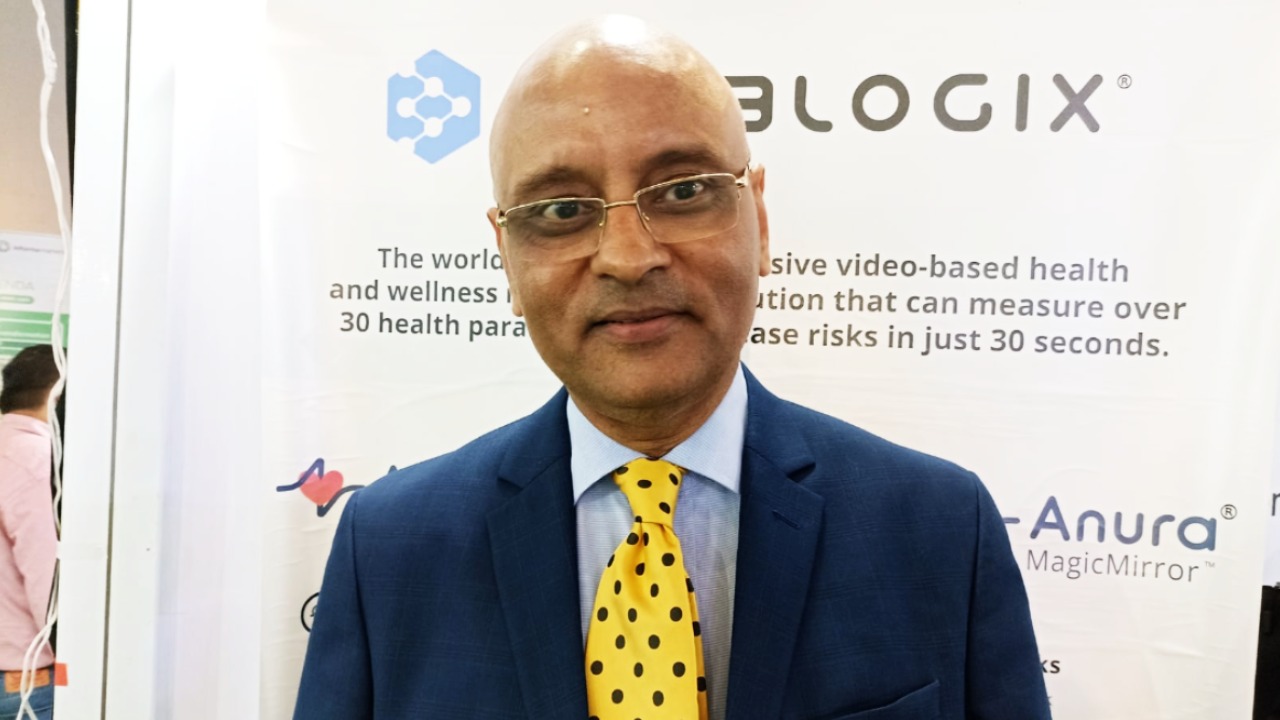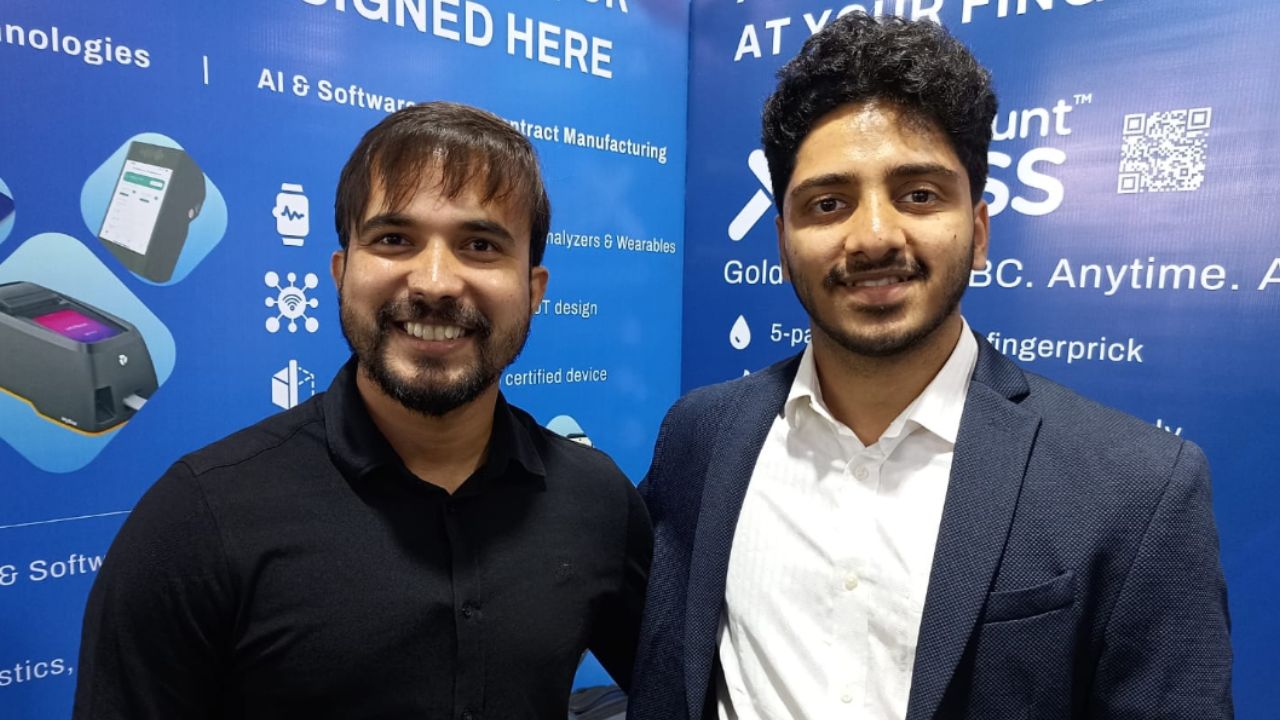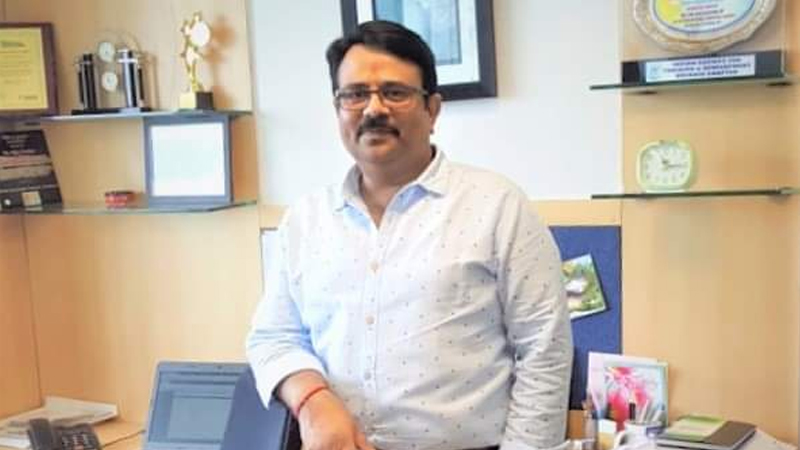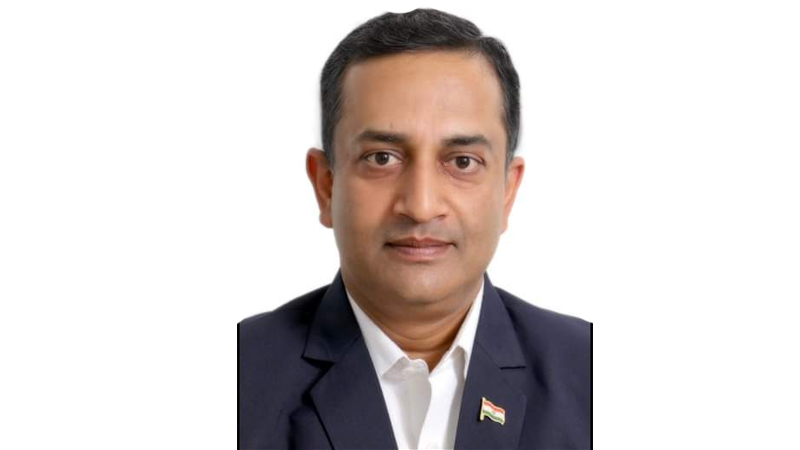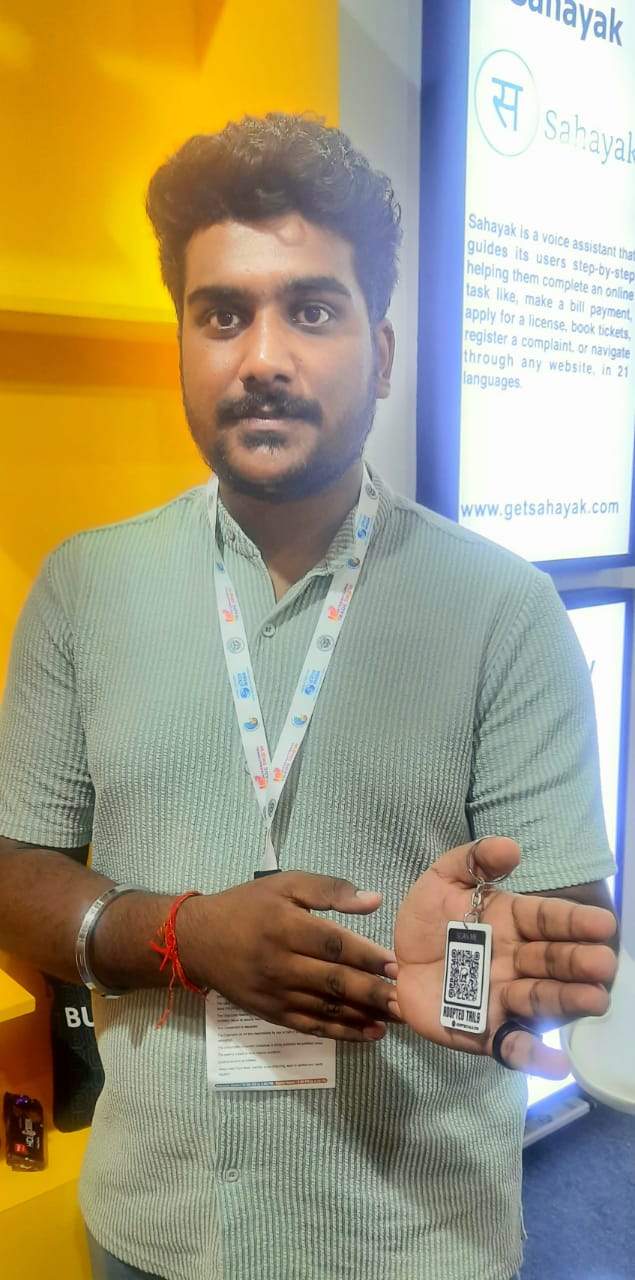The 4th edition of the NAREDCO Mahi Convention, held on June 27, 2025 in New Delhi, convened over 300 trailblazers from real estate, urban planning, affordable housing, architecture, policy, and finance. More than just a gathering, the convention became a catalytic force for advancing gender equity and leadership in the built environment.
Throughout the day, dynamic panel discussions delved into critical themes—policy reform, real estate financing, sustainable housing, and smart urbanization—all through the lens of women-led innovation. Experts exchanged insights, tackled structural gaps, and proposed actionable strategies to foster mentorship and accelerate systemic transformation.
More importantly, the convention underscored a pivotal shift: women are no longer just participants in India’s real estate narrative—they are emerging as the architects of its future. The event echoed a resounding call for stronger government support and institutional collaboration. In response, NAREDCO Mahi reaffirmed its mission to cultivate an inclusive ecosystem where women lead with vision, purpose, and measurable impact.
In an exclusive interaction with The Interview World, Dr. Niranjan Hiranandani—Founder and Chairman of the Hiranandani Group and Chairman of NAREDCO—shared his forward-looking views on the sector. He outlined the evolving role of women in real estate, evaluated the roadmap to achieving the Prime Minister’s vision of ‘Housing for All’ by 2047, proposed tangible solutions to Mumbai’s slum crisis, and examined the key barriers to affordable housing in India.
Here are the essential takeaways from his thought-provoking dialogue.
Q: As the fourth edition of the NAREDCO Mahi Convention unfolds, how do you envision the evolving role of women in the real estate sector, and what are your thoughts on advancing women’s empowerment within the industry?
A: The Prime Minister has set a bold vision—to build a developed India. But when will we truly call ourselves developed? Only when every citizen has not just a house, but a home. And that transformation, in my view, hinges significantly on the role of NAREDCO Mahi. Without the active involvement of women, our ambition to build homes—and by extension, a developed nation—will remain incomplete.”
India’s growth trajectory demands inclusive participation. Yet, we face a critical roadblock. The construction sector is grappling with an acute shortage of skilled labour. Just two months ago, the CEO of Larsen & Toubro revealed that one of their subsidiaries lacked 25,000 skilled workers. Nationwide, the gap widens—with over 3 million skilled workers in deficit.
This contradiction is stark. On one hand, millions remain unemployed. On the other, the real estate and infrastructure sectors struggle to find trained talent. We must urgently bridge this divide.
To realize the Prime Minister’s vision, we must prioritise skill development in construction. While we produce engineers, MBAs, and doctors in abundance, we fall short on plumbers, electricians, painters, and repair professionals. These are the hands that build India—yet we are not investing enough in their training.
The path to development is clear. We need to build homes, yes—but also schools, and above all, skilled individuals. If we commit to large-scale training programs, incomes will rise across the board. Empowerment will replace poverty. And with that, India will truly step into its rightful place on the world stage.
We’re not just hoping for change—we’re ready to lead it.
Q: Do you believe Prime Minister Modi’s vision of Viksit Bharat@2047 can realistically be achieved, particularly in the context of ensuring housing for all citizens?
A: It will undoubtedly reach 100 percent. Prime Minister Modi has already announced it. The very first decision of the new government’s cabinet meeting was to construct one crore homes in urban areas and two crores in rural regions. Initially, the targets were spread over nine and eight years, respectively. Now, the government has compressed the timeline to just five years. In my view, achieving these ambitious goals will go a long way in resolving the housing crisis once and for all.
Q: Mumbai, as the financial capital of India, continues to grapple with the challenge of widespread slum settlements. In your view, what sustainable and inclusive strategies are needed to effectively address this long-standing urban issue?
A: Take Maharashtra, for example—nearly 50% of Mumbai’s population lives in slums. That’s the stark reality. To address this, Chief Minister Devendra Fadnavis has set an ambitious goal: to redevelop all slum areas across the city within the next five to eight years. This isn’t just a plan—it’s a transformative vision for urban renewal on an unprecedented scale.
Q: What are the key factors contributing to the decline in affordable housing across the country, and how can policymakers and industry stakeholders work together to reverse this trend?
A: In my view, the core issue lies in escalating land prices. That, combined with a burdensome tax regime, poses a significant challenge. When you factor in land costs, inflated ready reckoner rates, and related regulatory constraints, achieving affordability in the housing sector becomes increasingly difficult. As a result, affordable housing has taken a severe hit. In fact, this is the sharpest decline I’ve witnessed in affordable housing in my entire career spanning over 40 years.
